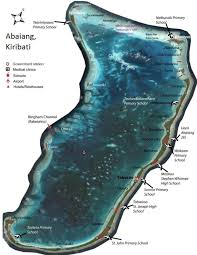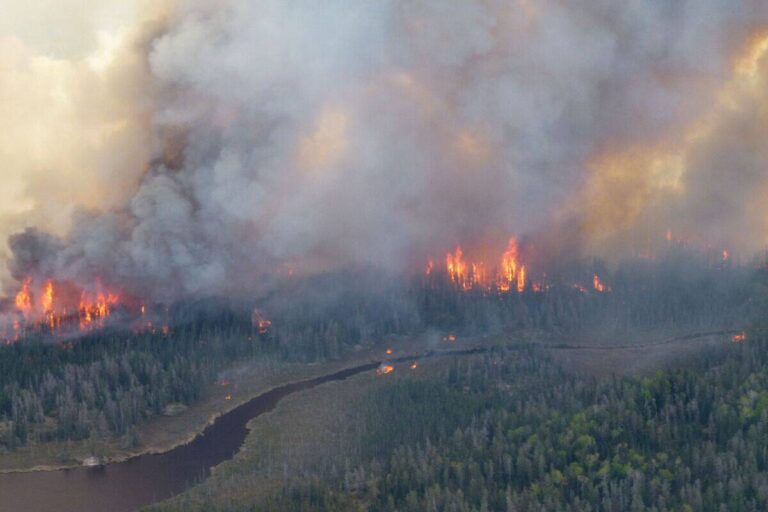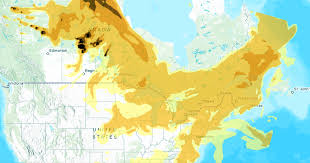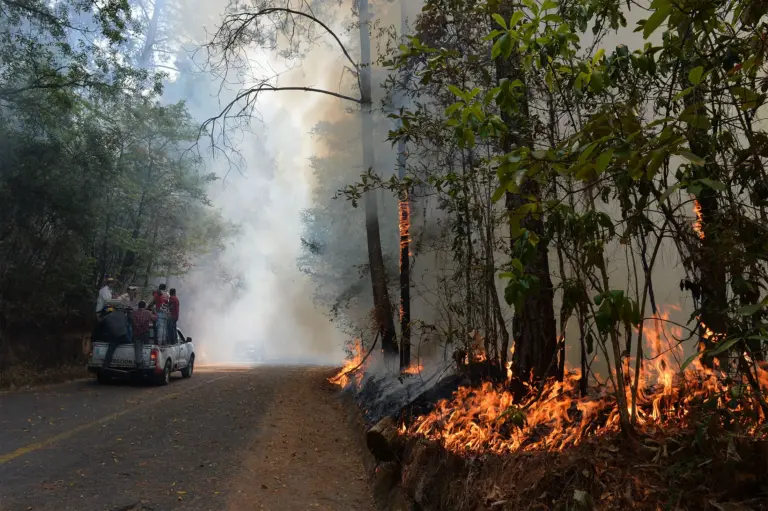
Introduction
Kiribati, a remarkable island nation in the central Pacific Ocean, is comprised of 33 atolls and reef islands spread over 3.5 million square kilometers. With a population of approximately 119,000, this small nation is a unique blend of rich culture and pressing global issues, particularly climate change. The geographical disposition of Kiribati makes it one of the countries most at risk from rising sea levels, drawing international attention to the plight of its inhabitants and the preservation of its cultural heritage.
The Dangers of Climate Change
The most significant challenge facing Kiribati is climate change. Rising sea levels threaten to submerge its islands, endangering not only the land but also the livelihoods of its people. In recent years, Kiribati’s government has taken proactive measures, including the purchase of land in Fiji as a potential relocation site for citizens, signaling a desperate bid for survival as the landscape of the nation evolves catastrophically.
Kiribati’s President, Taneti Maamau, has been a vocal advocate at global forums such as the United Nations, urging for substantial action on climate change and a conscientious effort to curb emissions. The nation is a member of international coalitions like the “High Ambition Coalition”, stressing the need for limiting global warming to 1.5 degrees Celsius to avoid devastating impacts on low-lying nations.
International Relations and Aid
In light of its vulnerabilities, Kiribati relies significantly on foreign aid. Australia, New Zealand, and various international organizations have provided assistance for climate resilience projects, including seawalls, rainwater harvesting systems, and education on sustainability practices. Recent commitments from global leaders have been aimed at addressing the immediate needs of Kiribati while also emphasizing long-term solutions for climate mitigation.
Preserving Culture and Identity
Despite its looming threats, the people of Kiribati continue to emphasize the importance of cultural preservation. Their customs, traditional navigation methods, and community-driven practices form the backbone of their heritage. Local initiatives aim to strengthen the cultural identity amid dislocation fears, focusing on arts, language preservation, and traditional knowledge sharing.
Conclusion
The situation in Kiribati serves as a crucial reminder of the urgent circumstances faced by many small island developing states. As climate change accelerates, global collaboration and genuine commitment to aid these vulnerable communities will be paramount. Observers anticipate increased interest in not only the plight of Kiribati but also in solutions that can be applied to other nations facing similar challenges. It remains crucial for readers to comprehend the significance of Kiribati’s struggles and the lessons it teaches about resilience, community, and the importance of prioritizing climate action.




